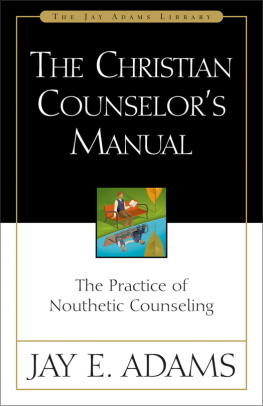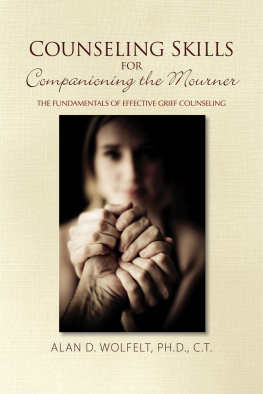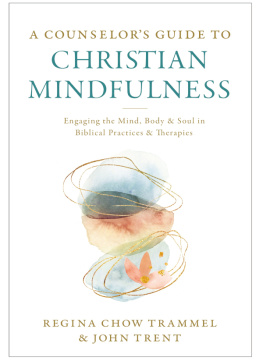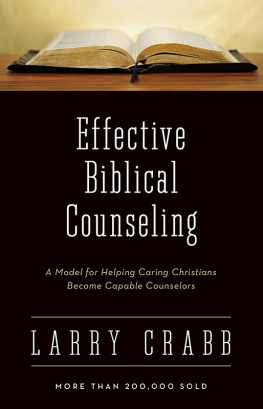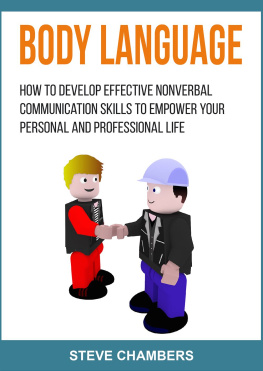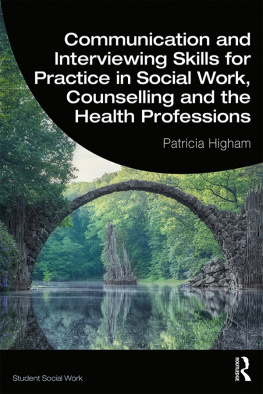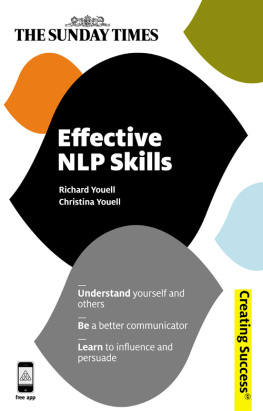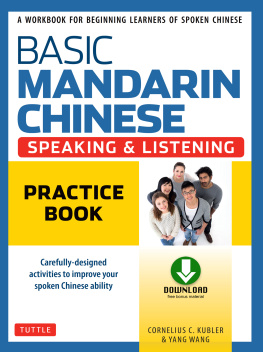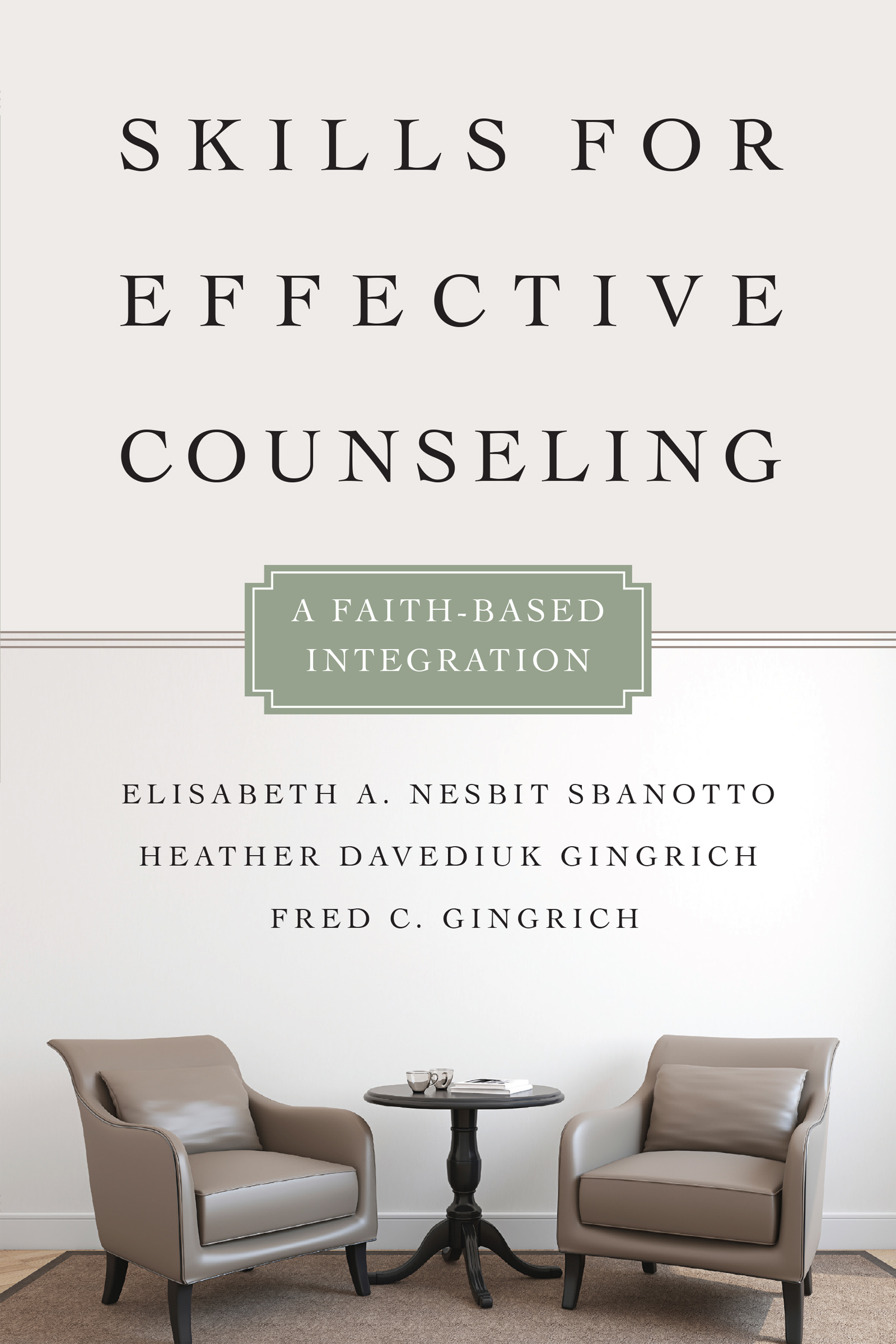InterVarsity Press
P.O. Box 1400, Downers Grove, IL 60515-1426
2016 by Elisabeth A. Sbanotto, Heather and Frederick Gingrich
All rights reserved. No part of this book may be reproduced in any form without written permission from InterVarsity Press.
InterVarsity Press is the book-publishing division of InterVarsity Christian Fellowship/USA, a movement of students and faculty active on campus at hundreds of universities, colleges and schools of nursing in the United States of America, and a member movement of the International Fellowship of Evangelical Students. For information about local and regional activities, visit intervarsity.org .
All Scripture quotations, unless otherwise indicated, are taken from THE HOLY BIBLE, NEW INTERNATIONAL VERSION , NIV Copyright 1973, 1978, 1984, 2011 by Biblica, Inc. Used by permission. All rights reserved worldwide.
While any stories in this book are true, some names and identifying information may have been changed to protect the privacy of individuals.
Cover design: Cindy Kiple
Images: poligonchik/iStockphoto
ISBN 978-0-8308-9347-8 (digital)
ISBN 978-0-8308-2860-9 (print)
Library of Congress Cataloging-in-Publication Data
Names: Nesbit Sbanotto, Elisabeth A., 1981- author.
Title: Skills for effective counseling : a faith-based integration /
Elisabeth A. Nesbit Sbanotto, Heather Davediuk Gingrich, Fred C. Gingrich.
Description: Downers Grove : InterVarsity Press, 2016. | Series: Christian
Association for Psychological Studies (CAPS) | Includes bibliographical
references and index.
Identifiers: LCCN 2016011841 (print) | LCCN 2016017714 (ebook) | ISBN
9780830828609 (pbk. : alk. paper) | ISBN 9780830893478 (eBook)
Subjects: LCSH: Counseling--Religious aspects--Christianity. |
Communication--Religious aspects--Christianity. | Pastoral counseling.
Classification: LCC BR115.C69 N47 2016 (print) | LCC BR115.C69 (ebook) | DDC
253.5dc23
LC record available at https://lccn.loc.gov/2016011841
Dedications
Elisabeth:To Judy Stephena mentor, counselor and educator overflowing with grace, skill and spirit. You taught me as much in your being as you did in your doing. I am gratefully indebted to you for the impression you have left on the way I counsel, teach and engage my whole being in life.
To my husband, Stephenyou married me in the middle of this project and supported me through it all. You exemplify what it means to be a counselor, letting the role and giftings permeate into every aspect of who you are. I am forever grateful for who you are and all that you embody as a counselor, a friend and my partner in life.

Heather: Dr. Fran White taught in the counseling program at Wheaton College Graduate School for several decades. Her demonstration of the skill of empathic reflection in a class role-play, with me playing the counselee, was so powerful that it forever impacted my view of the importance of the skills that are the focus of this book. Without this profound experience, the way I practice counseling, and the priority I give to foundational skills in my teaching, would be very different. I certainly would not have engaged on this book project without her example.

Fred: To my parents, Virgil and Della Gingrich. Dad was a pastor, missionary and theological educator. Mom was the consummate pastors wife, who even played the piano. Over the decades of their active ministry both spent many hours a week counseling hurting people. Neither ever took a counseling or pastoral care course, but they were naturally and supernaturally gifted listeners and compassionate caregivers to hundreds of parishioners. They never told me to become a counselor but didnt tell me not to, so what did they expect would happen!
Contents
LIST OF FIGURES AND TABLES
| Figure 0.1. | The targets and the bulls eye |
| Table 1.1. | Comparison of microskills training models |
| Figure 1.1. | Sequenced and scaffolded learning |
| Figure 1.2. | Our model of skill acquisition |
| Table 1.2. | Proficiency levels for ratings of microskills |
| Figure 1.3. | Spiral with upward trajectory |
| Table 1.3. | Comparison of phases of the change process from spirituality, counseling and trauma therapy perspectives |
| Figure 1.4. | Hourglass |
| Figure 1.5. | The phases, microskills and chapters |
| Figure 2.1. | Art versus science: Self-as-instrument |
| Figure T1.1. | The targets, skills and process of counseling |
| Figure 3.1. | Art versus science: Perceiving |
| Figure 3.2. | Unidirectional message |
| Figure 3.3. | Bidirectional message and feedback |
| Figure 3.4. | Clouding of the bidirectional message and feedback |
| Figure 4.1. | Art versus science: Attending |
| Figure 5.1. | Aiming for reflecting content |
| Figure 5.2. | Art versus science: Reflecting content |
| Figure 6.1. | Aiming for reflecting feeling |
| Figure 6.2. | Art versus science: Reflecting feeling |
| Figure 6.3. | Affective vocabulary chart |
| Figure 7.1. | Aiming for empathic reflection |
| Figure 7.2. | Art versus science: Empathic reflection |
| Figure T2.1. | The targets, skills and the process of counseling |
| Figure 8.1. | Art versus science: Clarifying |
| Figure 8.2. | The question cube (Brown, 1997, p. 29) |
| Figure 9.1. | Aiming for intuitive empathy |
| Figure 9.2. | Art versus science: Intuitive empathy |
| Figure 10.1. | Art versus science: Metaphor |
| Table 10.1. | Metaphors and their meaning |
| Table 10.2. | Proverbs across cultures |
| Figure 11.1. | Art versus science: Confrontation |
| Figure 11.2. | Empathy sandwich |
| Figure 12.1. | Art versus science: Authenticity |
| Figure 12.2. | Skills that use the here and now |
| Figure 12.3. | Art versus science: Self-disclosure |
| Figure 12.4. | Art versus science: Immediacy |
| Figure 13.1. | Art versus science: Implementing change |
| Figure 13.2. | Domains of growth |
| Table 13.1. | Why giving advice is usually unhelpful |
| Figure 14.1. | Fish mobile |
| Figure 14.2. | The within and between approaches to change |
| Figure 14.3. | Linear versus circular causality |
| Figure 14.4. | Adapted from Bronfenbrenners (1999) framework for human development |
| Figure 14.5. | An eco-map |
| Figure 15.1. | Art versus science: Appreciating the sacred |
| Figure 15.2. | A suggested process for applying R/S interventions in counseling |



